The art of communicating science: An interview with Beth Malow
Beth Malow is a professor in the neurology department at Vanderbilt University Medical Center with a longstanding interest in improving dialogue between scientists and physicians and the public. She completed a graduate-level certificate program at the Alan Alda Center for Communicating Science, and she flexes her science communication muscles through the Toastmasters International and Braver Angels, an organization focused on bridging the political divide. In 2022, she presented a Vanderbilt TEDx talk on “The Art of Communicating Science.”
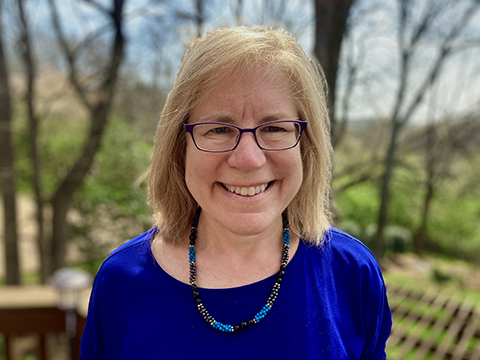
This interview has been edited.
Sullivan: What drove your interest in science communication and how does it relate to your work at Braver Angels?
Malow: During COVID-19, I watched how scientists and physicians were communicating with the public about vaccines, masking and lockdowns. While I was supportive of the public health response to the pandemic, I thought we could do a better job. Not just getting the science clearer so people could understand, but also being more credible — like acknowledging some of the uncertainty that was happening. Also, listening to those we are communicating with so it’s a two-way stream and we’re learning from others, including those who differ from us, rather than just talking at them — we call this public engagement in science communication.
I realized there was great synergy between my work at Braver Angels as a moderator teaching listening and speaking skills, and facilitating difficult conversations.
Sullivan: How do you balance your busy clinical and scholarly responsibilities with science outreach activities?
Malow: If you spend at least part of your time on something you love to do, something that energizes you, you will have time for everything else. The science communication work energizes me, and I feel like I’m contributing in ways that go beyond my patient care or even my scholarly research. I’ve also been able to incorporate the principles of science communication into my work. For example, I conduct projects involving people with disabilities where we teach them how to work on research teams with researchers, clinicians and caregivers. That requires communicating science to them — and with them — in a way that promotes their involvement in research and makes the research stronger.
As part of my Alda Center studies, I put together a video and several blog posts on melatonin safety for parents of children with autism, using plain language and trying to help parents make up their own minds rather than just inundating them with facts. That was totally in my lane as a sleep physician and autism researcher.
Sullivan: Oftentimes, it’s our very expertise that generates distrust. How can professionals avoid this pitfall?
Malow: What a great point. I think that it is easy to appear elitist, especially when we use complicated language. I try to explain science in plain language, avoiding jargon and also show humility and acknowledge uncertainty.
I think it’s also important to show that you at least recognize the other side of the story. For example, I was asked to testify before the U.S. House of Representatives Energy and Commerce Committee on ending daylight saving time. While I believe year-round standard time is the healthiest choice because it optimizes morning light, which aligns our body clocks with the outside world, promoting sleep and health, it was important to acknowledge that I like to come home from work and enjoy the early evening sunlight too. (Daylight saving time shifts sunlight to the early evening hours.)
And of course, listening to those who disagree with you with genuine curiosity makes a big difference also; and you will learn a lot too.
Sullivan: In your TEDx talk, you stated, “Facts are not enough — there is an art to science communication.” Tell us more about how you see this art form — how you sculpt the dialogue, so to speak.
Malow: The art goes back to public engagement — really learn from those you disagree with. I am a big believer in classical liberalism — the marketplace of ideas. The more I can suspend my own beliefs and hear from those I am communicating with, and listen with genuine curiosity, the better I will be able to strengthen my own arguments, and my opponents’ arguments, in sculpting the dialogue — and the more believable and credible I will be.
Sullivan: You encourage people to “get curious, not furious” — how does curiosity help?
Malow: You come from a place of wanting to understand rather than wanting to defend your beliefs. It’s the challenge of trying to really understand why someone believes what they do and how they came to that belief.
Sullivan: How do you approach the most ardent of science skeptics?
Malow: With genuine curiosity. Even if I disagree with them — for example, is climate change real? — I still come away from the conversation understanding where the pitfalls are in my communication style. Skeptics (I prefer to call them questioners) are often incredibly smart and passionate people who I can learn from.
Sullivan: Do you have other tips scientists and physicians could use in navigating difficult conversations?
Malow: Join Braver Angels or other groups with like-minded people who value communicating with those we disagree with — where you can learn the skills to navigate those difficult conversations and find people to practice with. I think that navigating difficult conversations is perhaps the hardest aspect of science communication, and also the most rewarding.
Enjoy reading ASBMB Today?
Become a member to receive the print edition four times a year and the digital edition monthly.
Learn moreFeatured jobs
from the ASBMB career center
Get the latest from ASBMB Today
Enter your email address, and we’ll send you a weekly email with recent articles, interviews and more.
Latest in People
People highlights or most popular articles

Designing life’s building blocks with AI
Tanja Kortemme, a professor at the University of California, San Francisco, will discuss her research using computational biology to engineer proteins at the 2026 ASBMB Annual Meeting.
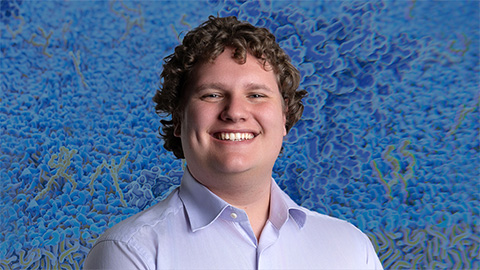
Jordahl named Gilliam Fellow
He will receive three years of funding to support his thesis research.
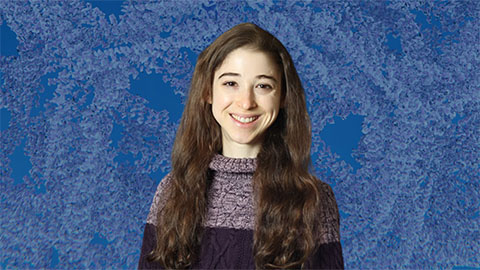
Bibel named assistant professor
She began her position at Loyola Marymount University in August 2025.
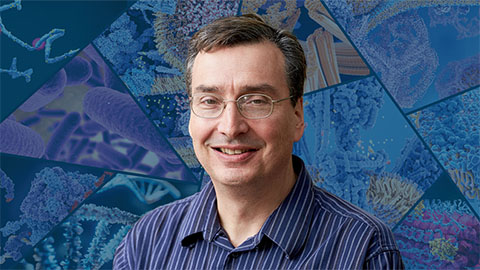
Unraveling the language of histones
Philip Cole presented his research on how posttranslational modifications to histones are involved in gene expression and how these modifications could be therapeutically targeted to treat diseases like cancer.
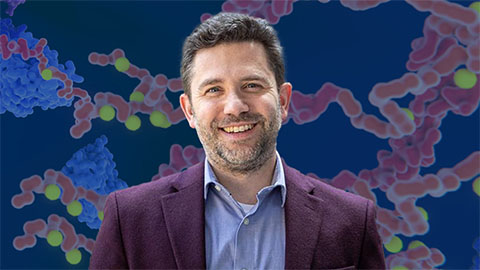
Cotruvo named Blavatnik award finalist
He received a $15,000 prize and was honored at a gala in October.
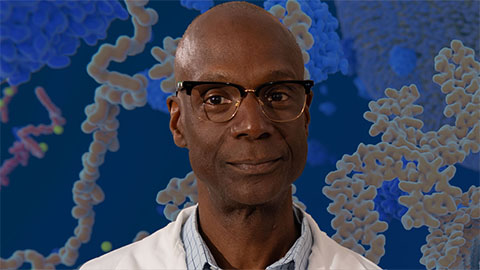
Phosphatases and pupils: A dual legacy
Yale professor Anton Bennett explores how protein tyrosine phosphatases shape disease, while building a legacy of mentorship that expands opportunity and fuels discovery in biochemistry and molecular biology.

